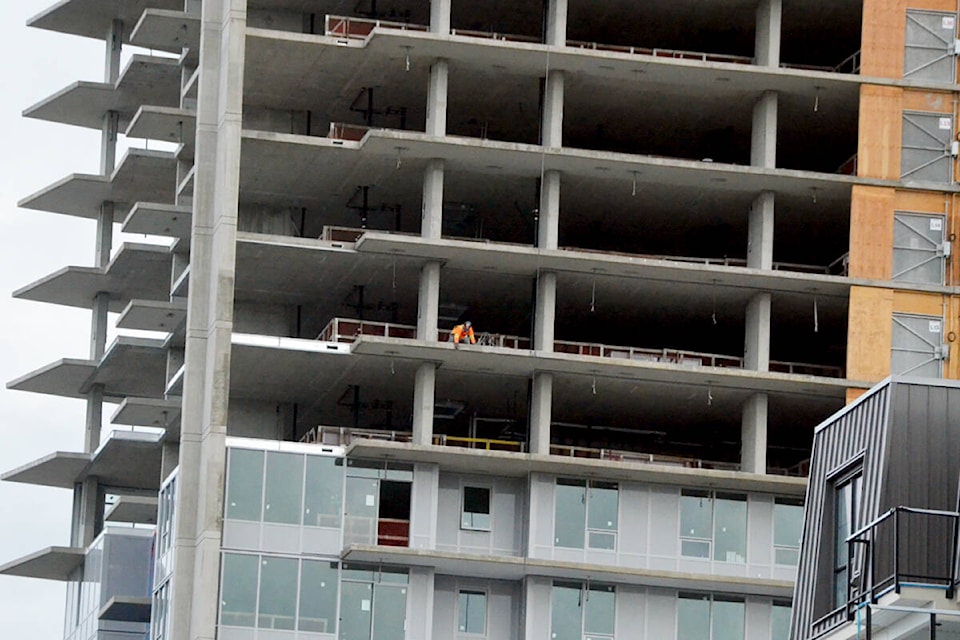The fun thing about science fiction is that it lets us try out various futures, one after another, like shuffling through a deck of cards. Usually this is confined to exciting or scary futures – space travel, nuclear apocalypse, giant robots, and so on.
But it’s also a useful tool to turn on smaller, more mundane changes.
Housing policy, for example.
British Columbia is currently seeing the shape of a number of possible futures emerge, as Housing Minister Ravi Kahlon has finally rolled out some fairly significant reforms.
Most of them come into effect next year, so we’re now in speculation mode. We can – and will – debate some of the finer points of the legislation.
But thinking about it from the point of view of stories is another way in.
Who will build, rent, buy, sell the new types of homes permitted in B.C. next year? Here’s a few possibilities:
• A family is looking for a new home in the Fraser Valley. They are leaving Vancouver, and they want more space, with a young child just out of the stroller and another on the way.
But space means a yard to yourself – so they’re looking for the traditional single-family home. Even if they have to drive halfway to Hope to afford it, or pay a premium price.
• A retired couple, empty-nesters in an older Langley neighbourhood, want to stay in their area, but the property is getting to be too much to take care of.
Rather than move out, they have the old house demolished and replaced with a four-plex, moving into one of the ground floor units. One of their adult children moves in to another, and the other two units are rented out.
• A recent college graduate has finally landed a decent job, saved up a bit, and is ready to move out, splitting the rent of a place with a friend. They consider basement suites, coach houses, and fourplexes, but eventually find an apartment near a RapidBus line. The only problem – there’s only one parking spot per unit. One of them will have to give up their car and become a transit commuter. The friends have to flip a coin.
• A developer of townhouses is looking for an opportunity that doesn’t rely on assembling six, seven, eight units of housing, but is having trouble getting the banks to finance something as small as a four-plex on a single lot. She looks around and finds that modular housing construction is getting better and better – and it’s significantly cheaper than building from scratch. With a foundation poured and a modular four-plex to make the financing worthwhile, the builder considers more projects.
The future in this legislation isn’t perfect, and it’s not going to solve all our housing woes, even if it works out perfectly.
But for too long, we’ve had very few housing stories. Options have been few, and all expensive.
The chance to open up some new paths forward in B.C.’s housing market is worth some risks.
We can’t keep telling the same old stories over and over again.
